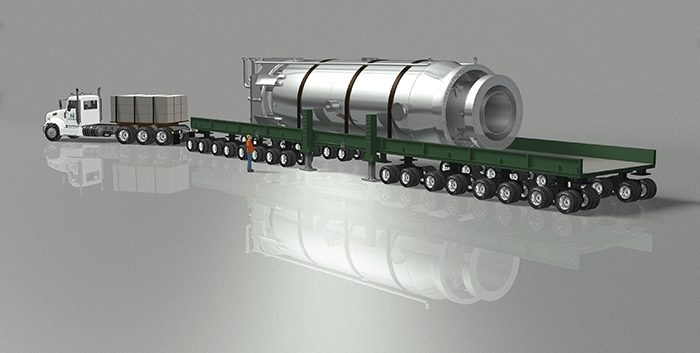
RadWaste Monitor Vol. 15 No. 22
Visit Archives | Return to Issue PDF
Visit Archives | Return to Issue PDF
RadWaste & Materials Monitor
Article 1 of 7
June 03, 2022
Expert, industry question results of Stanford SMR waste report

A university report published this week that raised concerns about waste streams from advanced reactors distracts from the larger issues facing nuclear waste management across the globe, a nuclear power expert told RadWaste Monitor this week.
“The technical content…